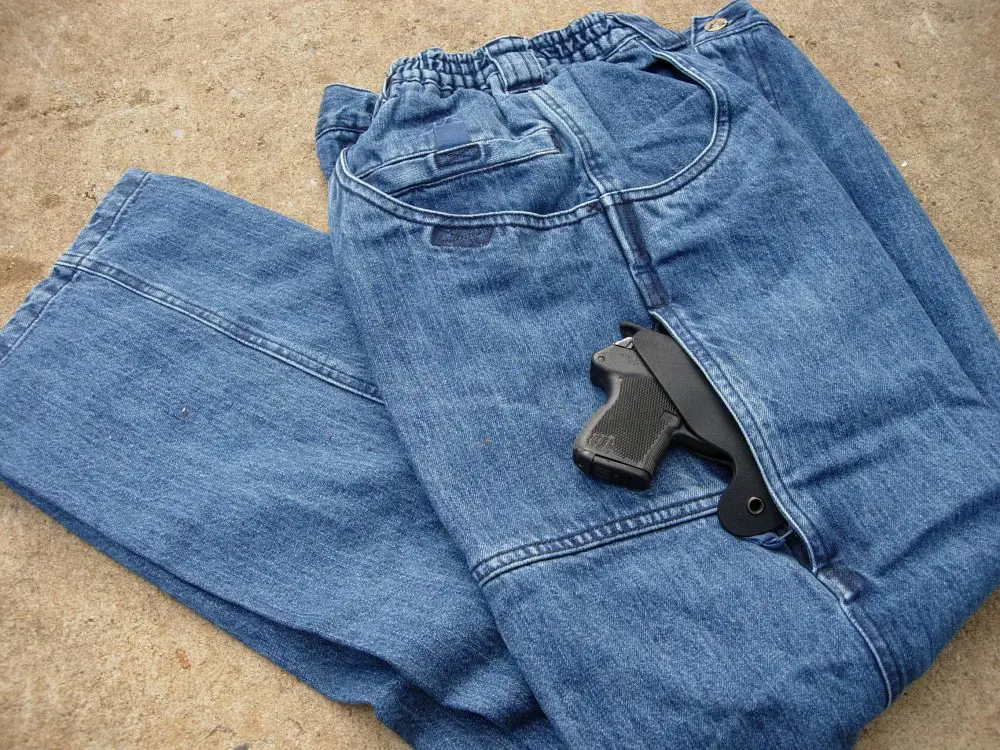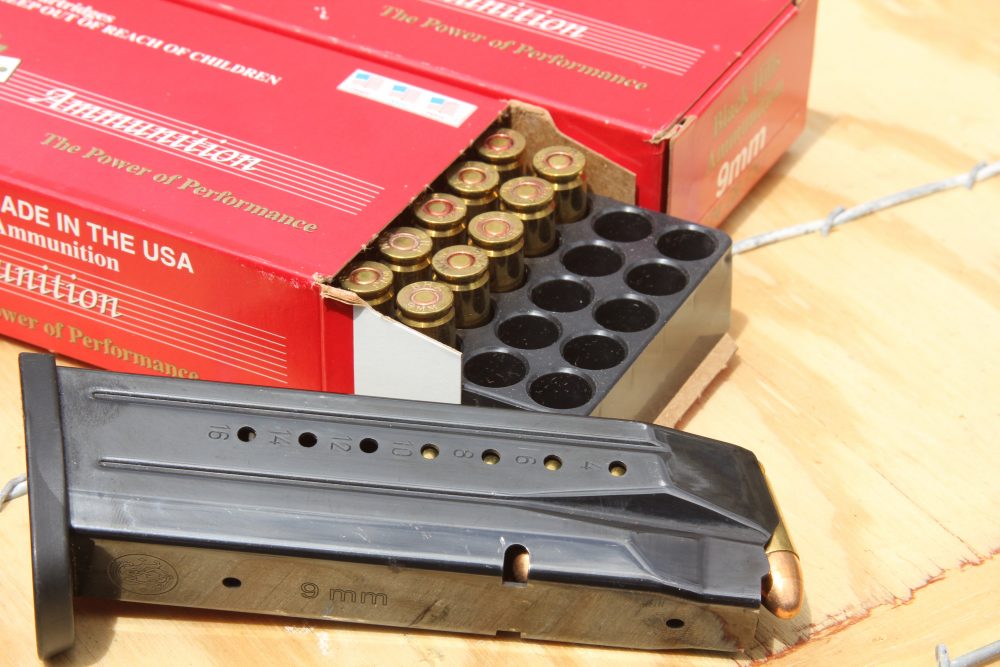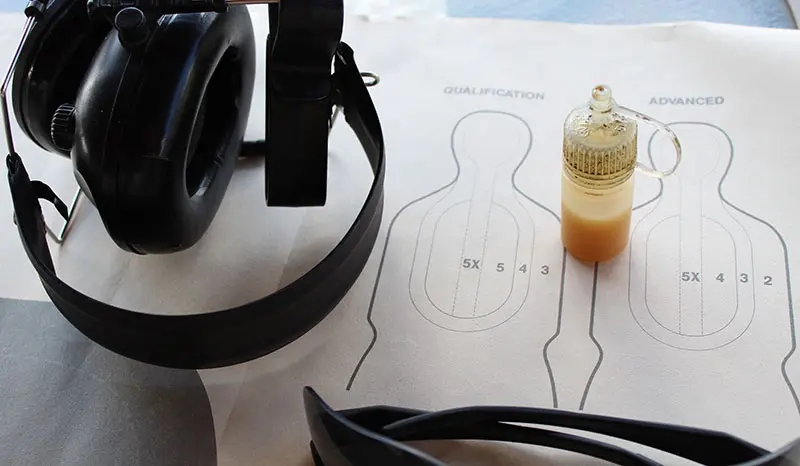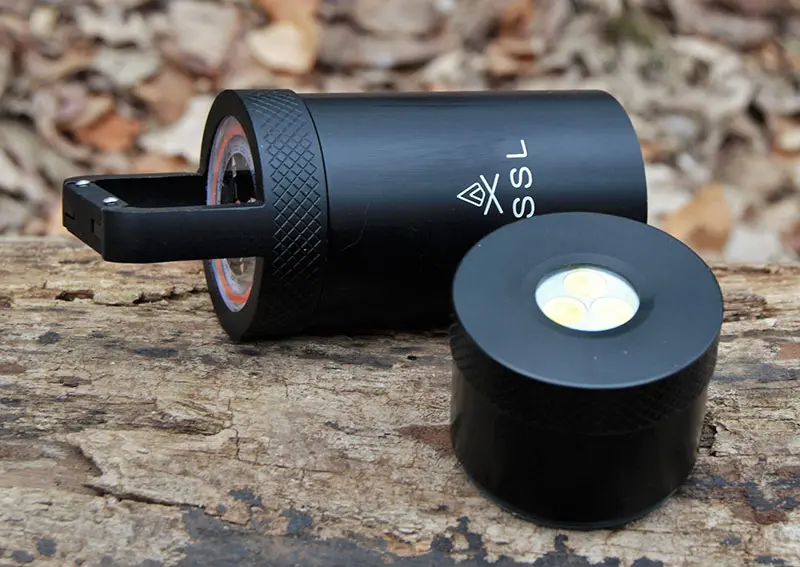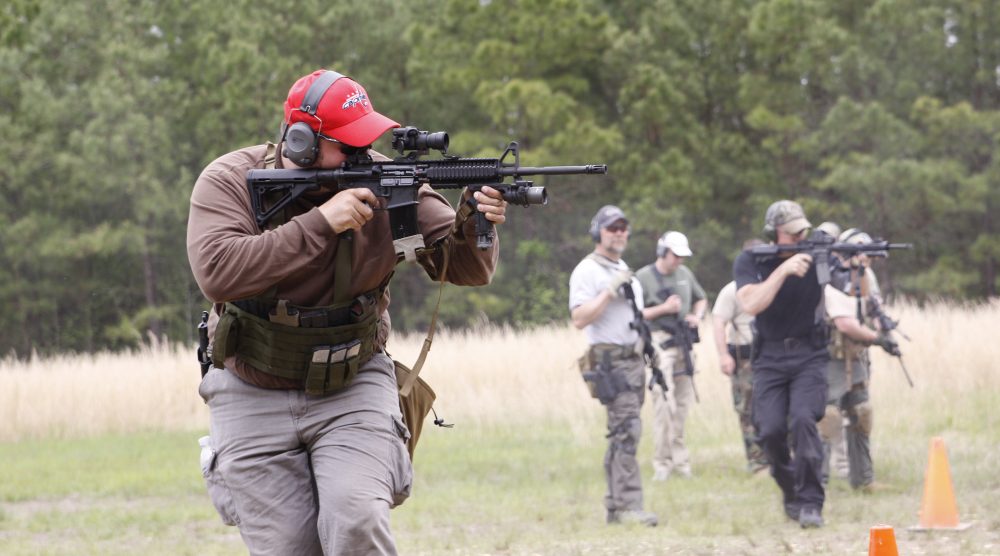As of this writing, the options for reciprocal concealed carry to the U.S. traveler are as good as they’ve ever been. Even without a valid permit, a record number of states have included the right to carry a concealed weapon in their laws or constitutions, and most jurisdictions have at least some attainable reciprocity with the permits of other states.
More progress lies ahead for those who live in or must travel to more restrictive places, and their choice of firearm is often limited by arbitrary factors.
One of the most prominent arbitrary lines infesting the regulations is magazine capacity. A variety of different capacity limits, from seven to 20 (perhaps others), are in force, but one of the more common state limits is ten rounds.
When faced with an artificial limit of capacity for a firearm designed to carry more, the savvy gun owner is rightly tempted to select either a smaller gun or a larger caliber.
The logic of this is making the most of a bad situation by selecting the most efficient alternative to the unrestrained capacity offered elsewhere. What follows are my “Top Ten” handguns limited to ten-round magazine capacity.
Table of Contents
#10: BROWNING HI POWER, .40 S&W
The classic P35, John Browning’s unfinished symphony, rose to prominence prior to World War II and was the only sidearm issued by both the Allied and Axis powers. Despite its pedigree, the 9mm model is nonetheless often excluded from full utility in some jurisdictions by virtue of its standard 13-round capacity—the meaning behind the name “Hi-Power” referring to firepower.
Some 50 years later, the .40 S&W version was produced by enhancing the recoil spring and adding thickness and weight to the slide to accommodate the more modern and powerful cartridge. Likewise, the updated stock magazine capacity became ten rounds.

#9: BERETTA MODEL 96, .40 S&W
Like the Browning, this is a .40-caliber version of the popular 9mm pistol. The Beretta 96 does not have the fiercely powerful recoil spring of the Browning, so it’s much easier to manipulate the action. It can be had with a smooth double-action trigger, and the aluminum alloy frame cuts down on weight.
Magazines for these can be had in ten or 11 rounds. Ten-round versions have the slightly smaller floor plate geometry of the original 9mm Beretta 92.
#8: GLOCK MODEL 27, .40 S&W
Developed early in the dark days of the U.S. “assault weapons” ban of the 1990s, the Glock 27 is a .40-caliber subcompact version of the service-sized weapons that dominated the law enforcement market. This model is light and small enough to disappear in virtually any concealed-carry scenario, yet offers accuracy and recoil control that defy expectations for a gun of its size.
Like all other staggered-magazine Glock models, the 27 is capable of accepting larger magazines intended for the bigger models, and most of their other accessories are equally available.
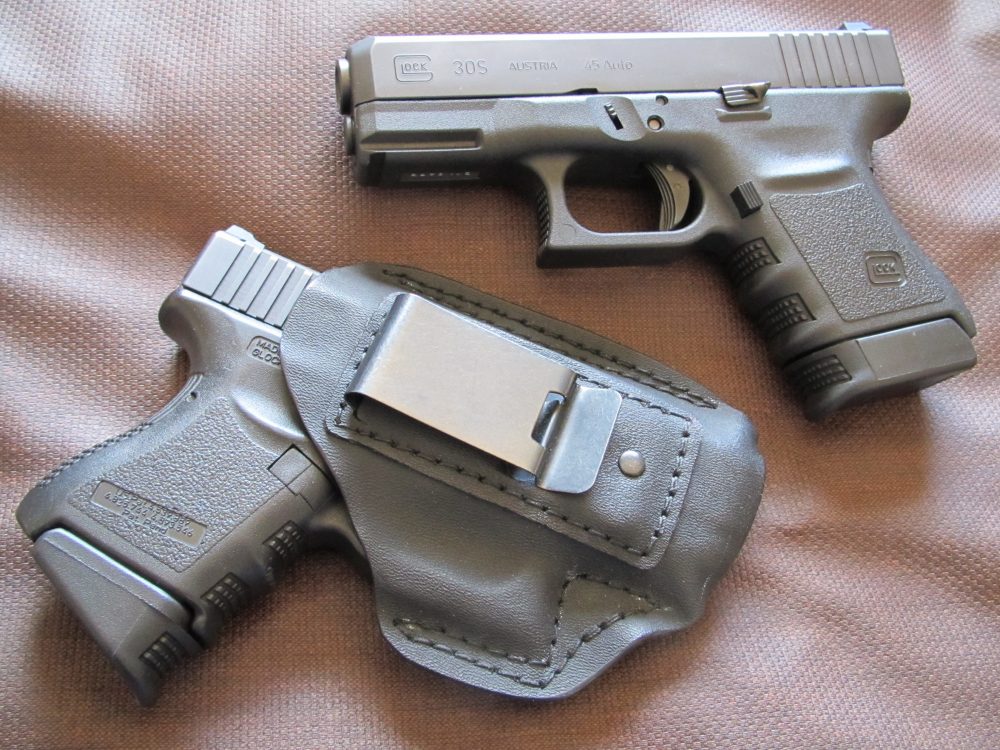
#7: GLOCK MODEL 30S, .45 ACP
Like the Model 27, the 30 was developed to be the .45-caliber equivalent that makes the most of the limitations of a ten-round magazine while maximizing portability and concealment. Some years later, the design was improved with a slimmer slide, and the “S” model is now a less blocky version of the original.
As with the 27, the owner has the option of a shorter nine-round magazine or making use of the slightly extended ten-round version, which offers a superior full grip for most shooters’ hands.
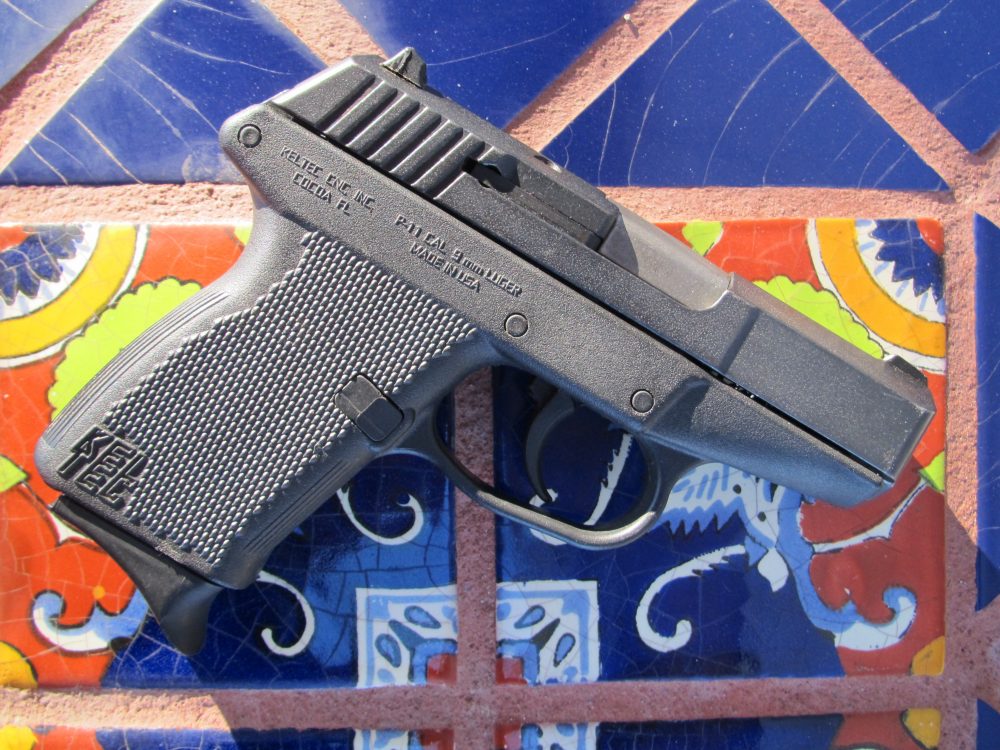
#6: KEL-TEC MODEL P-11, 9MM LUGER
Another product of the late 1990s ban was the Kel-Tec P-11, essentially a low-cost lightweight 9mm pistol with a true double-action-only trigger and ten-round magazine.
Its cosmetic quality did not impress, and no shooter was able to drive tacks under the strain of the heavy trigger and sharp recoil. Even so, this handgun has enjoyed a cult-like following and has significant attributes that are not immediately obvious.
The sloped rear of the slide profile increases the reliability of drawing from a pocket, the DA-only trigger allows for a re-strike capability on a cartridge that didn’t fire on the first pull of the trigger, and the magazine design is compatible with all Smith & Wesson Model 59 series magazines.
#5: STEYR MODEL S40, .40 S&W
Numerous Steyr M and S models stand apart from their competitors due to their peculiar grip geometry and unusual sight and safety systems. The triangular sight profile works both for a fast flash sight picture as well as a more precise aiming option for smaller and/or farther targets, and the grip height and angle limit the effect of recoil and offer a target-pistol-like presentation.
The unusual safety—activated from the sides of the frame and deactivated within the trigger guard—may not be anyone’s favorite, but is sure to baffle any opponent who tries to make use of the gun if they gain temporary possession.
The S40 is the .40-caliber ten-round capacity subcompact and, to make the point, the identically sized 9mm version is not available without a neutered-capacity ten-round magazine.
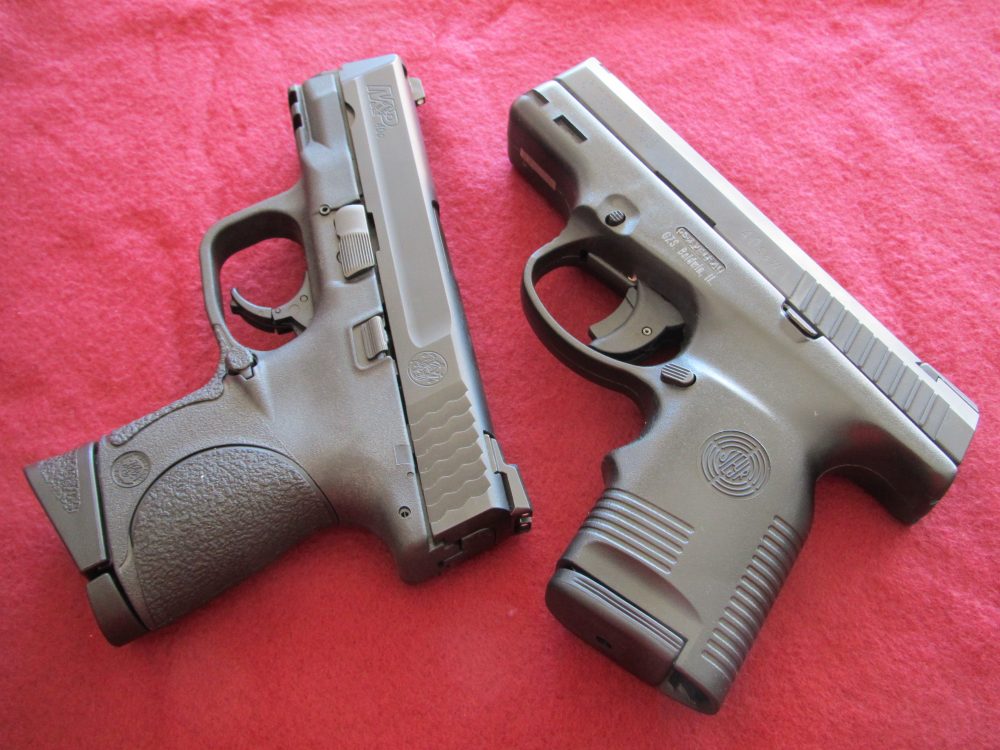
#4: SMITH & WESSON MODEL M&P40c, .40 S&W
The gun that gives the Glock its greatest competition is perhaps the Smith & Wesson M&P pistol. Its updated ergonomics and cosmetics are two factors, but the single-action trigger design and optional manual safety features add truly competitive options.
Unfortunately, the factory sights offer a three-dot sight system with the smaller dot on the front, but this is easily fixed if it can’t be ignored by the user. As with many similar models, there’s no loss in capacity for size when the .40-caliber model is selected.
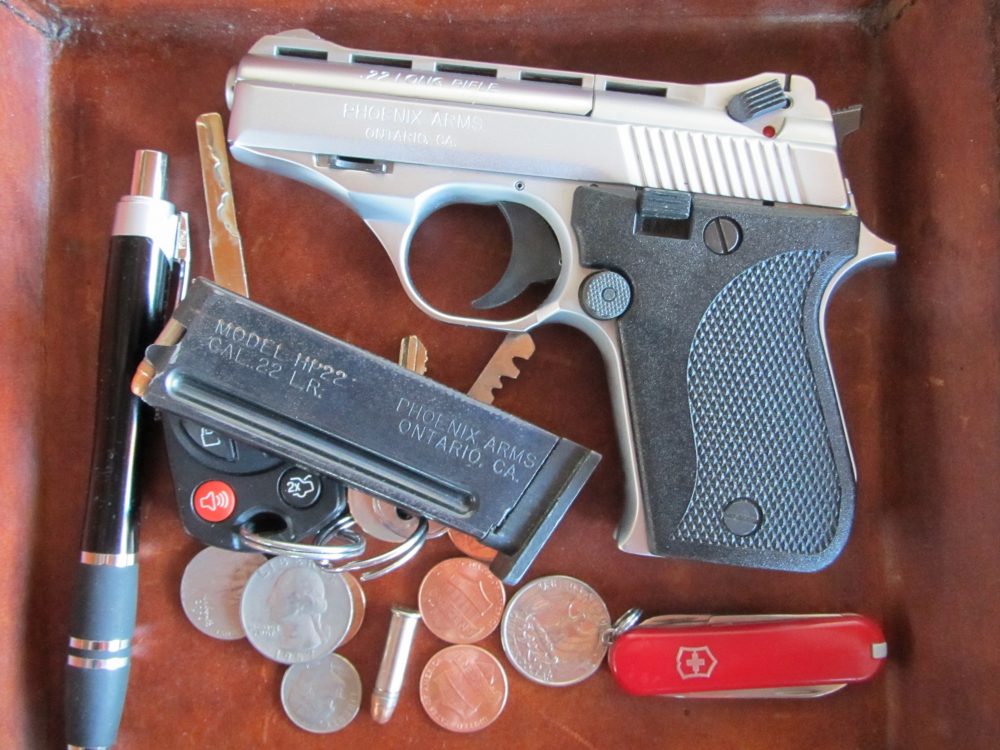
#3: PHOENIX ARMS MODEL HP22, .22 LR
Phoenix Arms may not be a firebrand in the gun industry, but the HP22 is clearly an efficient and small package that can be had for a reasonable price and has the same capacity as other .22 pistols more than twice its size.
However, the HP22 has a bewildering array of safety features that complicate the manual of arms, and it’s heavy for its size due to the all-steel construction. These limitations aside, this pistol has singularly resuscitated the concept of a tiny .22 pocket pistol intended for self-defense, and it offers reliability out of class for inexpensive rimfire pistols of its proportions.
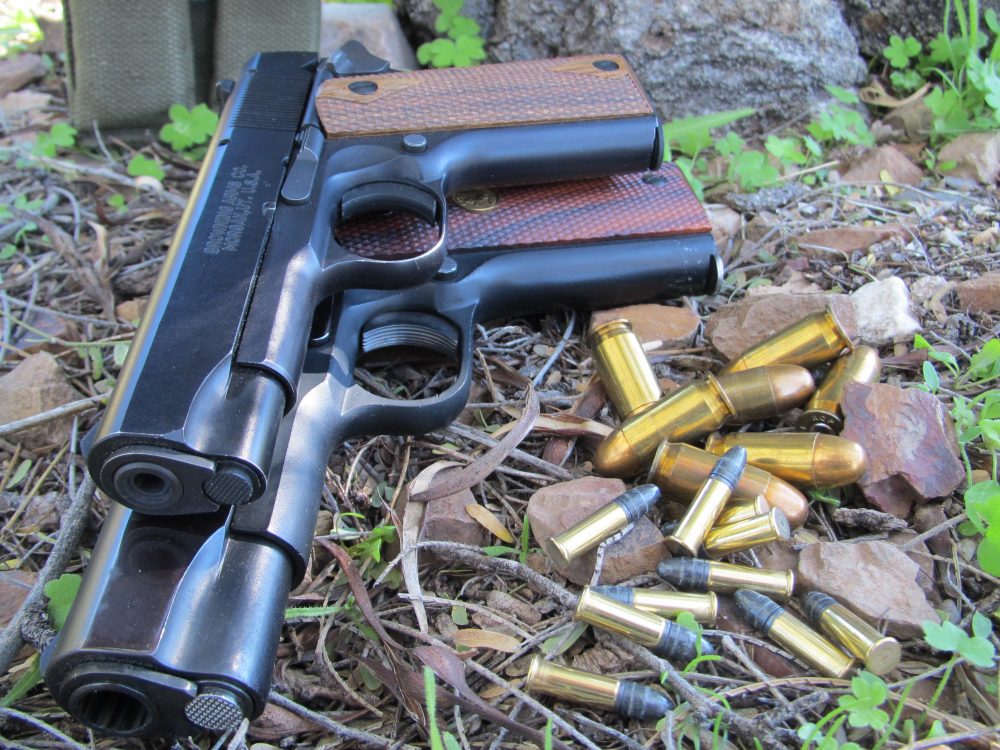
#2: BROWNING 1911-22, .22 LR
The Browning 1911-22 is not as small as the Phoenix Arms HP22, but it is a small and lightweight version of the venerable 1911 pistol. The manual of arms and disassembly of this model are nearly identical to the original. The cosmetics of the handgun, from the checkering of the all-wood grips to the shape of the bushing, all stand as monuments to an iconic design.
The cost of this model is on the high side, yet it only comes with a single ten-round magazine. Still, this pistol makes a perfect training tool for a young, small, or new shooter who may someday step up to the larger version.
It also represents the gun many of us wish we could have had in our youth when we found the size or ammunition cost of a “proper” .45 out of reach.
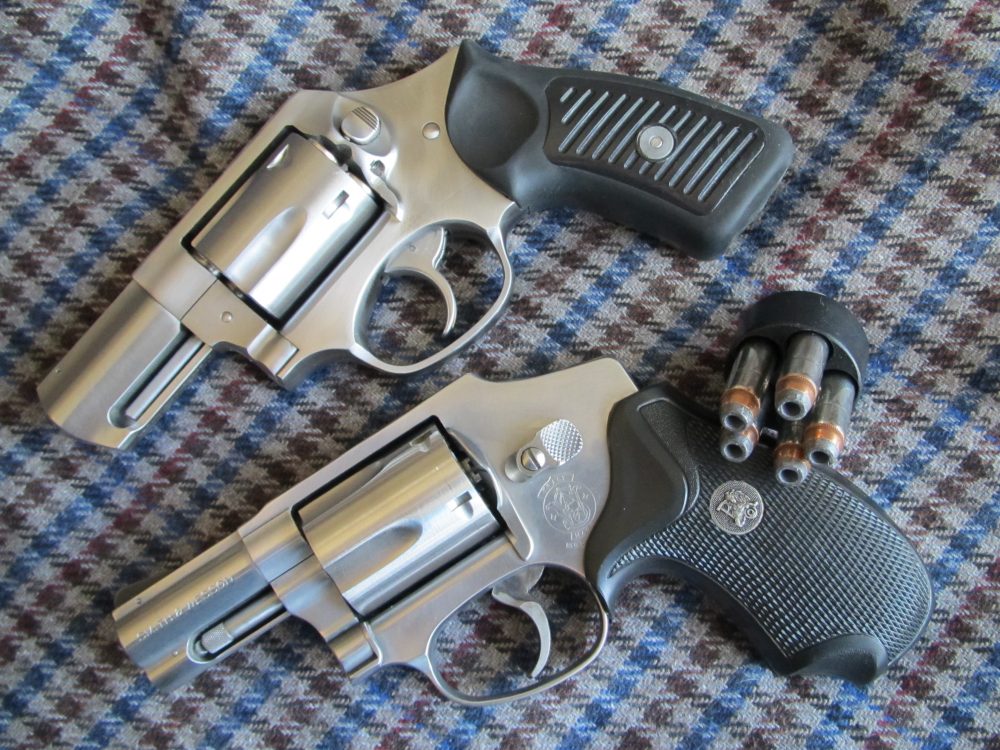
#1: .357 MAGNUM REVOLVERS
As a nod to the notion of the fastest reload being a second gun, or simply to double down on the concept of a capacity limit, a combination choice of one or two five-shot .357 Magnum revolvers remains a viable option.
The Smith & Wesson J-Frame models available in this caliber include a number of barrel lengths and action types (DA only, shrouded hammer, or traditional), and they can also be had in very lightweight models for those tempted with extreme recoil. The Ruger SP101 is a similar alternative of comparable quality, and also has many diverse options.
SUMMARY
Like all Top Ten lists, your mileage may vary: You may feel there are omissions, compromises, and/or undeserving inclusions. But hopefully this list presents options that readers may not have considered, and future manufacturers will continue to rise to the occasion as long as arbitrary restrictions plague some of the more unenlightened jurisdictions.

